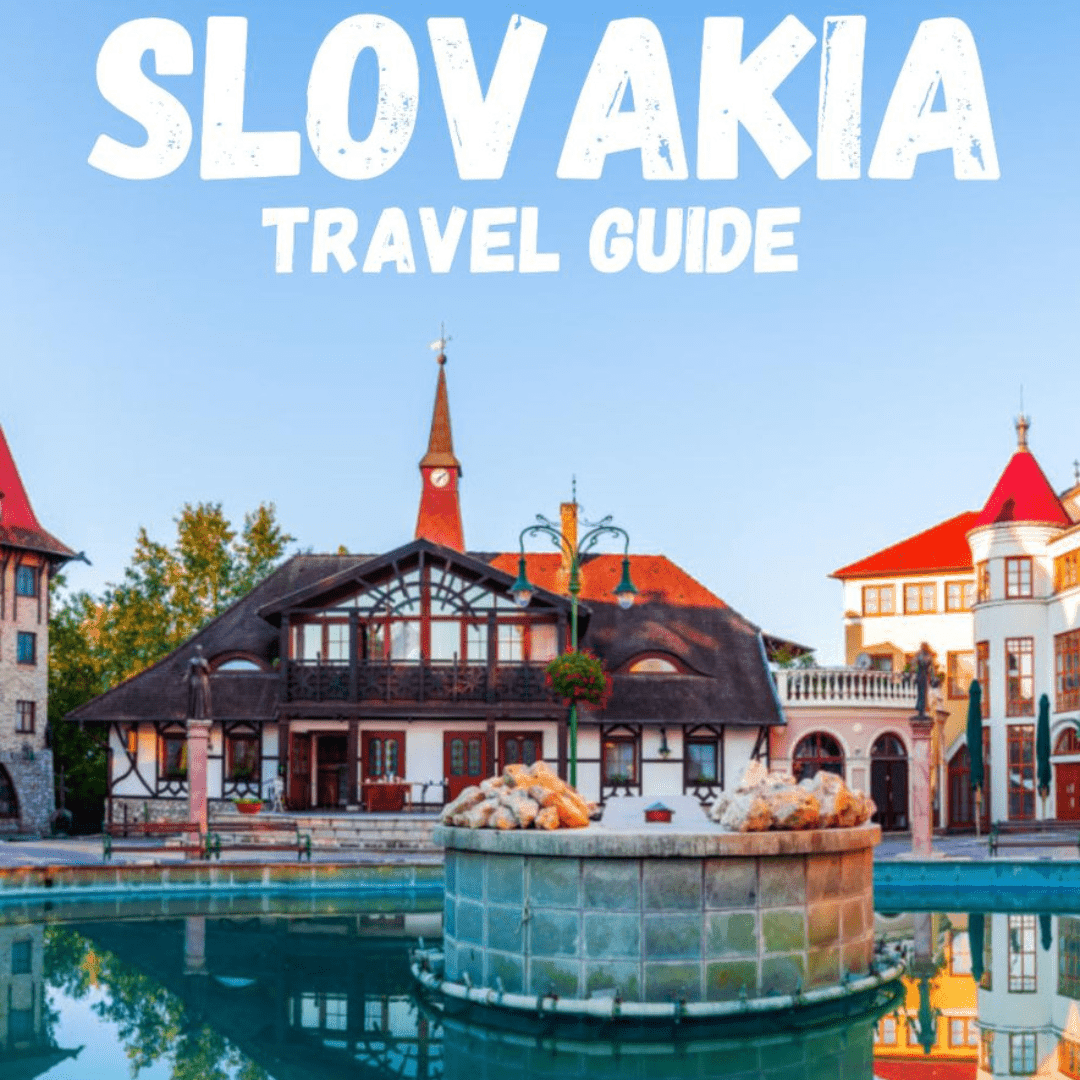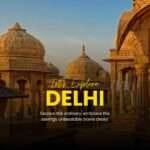Slovakia Travel Guide, Slovakia International Driving Permit, International Driver’s License Slovakia, International Driver’s Permit Slovakia, International Driver’s Licence Slovakia, International Licence Permit Slovakia. Slovakia, situated in the central region of Europe, boasts remarkable natural landscapes, historic towns, grand castles, and intriguing cultural traditions. Frequently overlooked by tourists, Slovakia is a concealed treasure ideal for those who appreciate nature, history, and genuine Central European heritage. Below is a guide to assist you in organizing your visit. Slovakia Travel Guide, Slovakia International Driving Permit, International Driver’s License Slovakia, International Driver’s Permit Slovakia, International Driver’s Licence Slovakia, International Licence Permit SlovakiaSlovakia Travel Guide, Slovakia International Driving Permit, International Driver’s License Slovakia, International Driver’s Permit Slovakia, International Driver’s Licence Slovakia, International Licence Permit Slovakia.
1. Essential Information About Slovakia
– Capital: Bratislava
– Language: Slovak
– Currency: Euro (€)
– Population: Approximately 5.5 million
– Time Zone: UTC +1 (Central European Time)
– Optimal Visiting Period: May to September (for outdoor pursuits), December to February (for skiing)
2. Notable Attractions
Bratislava
As the capital city of Slovakia, Bratislava is located along the banks of the Danube River, near the borders of Austria and Hungary. It is a lively city that harmoniously blends historical allure with contemporary attractions. Slovakia Travel Guide, Slovakia International Driving Permit, International Driver’s License Slovakia, International Driver’s Permit Slovakia, International Driver’s Licence Slovakia, International Licence Permit Slovakia.
– Bratislava Castle: This castle, which overlooks the city and the Danube River, provides breathtaking views and features historical exhibits.
– Old Town (Staré Mesto): Stroll through the narrow cobblestone streets adorned with cafes, shops, and historic landmarks such as St. Martin’s Cathedral.
– Michael’s Gate: One of the oldest medieval city gates, now functioning as a museum with an observation deck.
– UFO Tower: Positioned on the New Bridge, this modern structure offers a viewing platform with sweeping vistas of the city and its picturesque surroundings.
High Tatras (Vysoké Tatry)
The High Tatras, a breathtaking mountain range recognized as a UNESCO Biosphere Reserve, are ideal for outdoor adventurers.
– Hiking: Numerous trails are available, catering to all levels of experience, featuring stunning views, waterfalls, and alpine lakes such as Štrbské Pleso.
– Skiing: During the winter months, the High Tatras become a favored destination for skiing, with resorts like Tatranská Lomnica and Jasná.
– Gerlachovský štít: The highest peak in Slovakia, accessible to seasoned climbers accompanied by a guide.
Košice
As Slovakia’s second-largest city, Košice serves as a cultural center with a rich historical background.
– St. Elisabeth Cathedral: The largest cathedral in Slovakia, renowned for its stunning architecture and historical significance.
1. Hlavná Ulica (Main Street): This vibrant pedestrian thoroughfare is adorned with historic architecture, charming cafes, and captivating street performances.
– Košice State Theatre: An exquisite neo-Baroque structure that hosts a variety of operatic and theatrical performances.
– East Slovak Museum: A comprehensive institution dedicated to the exploration of Slovakia’s rich history and cultural heritage.
Banská Štiavnica
Recognized as a UNESCO World Heritage site, Banská Štiavnica is a charming medieval mining town situated in the Štiavnica Mountains.
– Old Castle and New Castle: Discover these well-preserved fortifications that feature exhibits detailing the town’s mining legacy.
– Calvary: A baroque pilgrimage destination that provides breathtaking views of the town and its picturesque surroundings.
– Open-Air Mining Museum: Venture underground into a historic mine to gain insights into the region’s mining traditions.
Spiš Castle (Spišský hrad)
As one of the largest castle complexes in Central Europe, Spiš Castle is a UNESCO World Heritage site that is essential for enthusiasts of history.
– Castle Ruins: Stroll through the remarkable ruins and ascend to the summit for panoramic vistas of the surrounding countryside.
– Spišská Kapitula: A nearby ecclesiastical settlement featuring a cathedral and various historical religious edifices.
Slovak Paradise National Park (Slovenský raj)
This stunning park is renowned for its gorges, waterfalls, and exhilarating hiking trails.
– Suchá Belá Gorge: A favored hiking route that guides adventurers through ladders, bridges, and cascading waterfalls.
– Dobšinská Ice Cave: One of Europe’s largest ice caves, located within the park’s boundaries.
3. Distinctive Experiences in Slovakia
– Wine Tasting: Slovakia boasts a rich winemaking tradition, particularly in the Little Carpathians Wine Region near Bratislava. Partake in tastings of local varieties such as Rizling and Frankovka Modrá.
– Folk Traditions: Explore villages like Čičmany, renowned for its uniquely painted wooden houses, and Vlkolínec, a UNESCO World Heritage site that highlights traditional Slovak wooden architecture.
– Thermal Spas: Slovakia is home to numerous thermal baths and wellness resorts, including Piešťany and Rajecké Teplice, where visitors can indulge in relaxation and rejuvenation.
4. Food & Drink
Slovak cuisine is robust and deeply rooted in traditional Central European fare, exhibiting influences from both Hungary and Austria.
– Bryndzové Halušky: This is regarded as Slovakia’s national dish, consisting of potato dumplings garnished with sheep’s cheese and bacon.
– Kapustnica: A hearty soup made with sauerkraut and sausage, particularly favored during the winter months.
– Guláš: A substantial stew featuring meat and vegetables, seasoned with paprika, akin to the Hungarian goulash.
– Pirohy: Dumplings filled with a variety of ingredients such as cheese, potatoes, or fruit preserves.
– Kofola: A local soft drink that serves as Slovakia’s alternative to cola, widely enjoyed.
– Slivovica: A strong plum brandy, commonly savored during festive occasions.
5. Practical Tips
– Language: Slovak is the official language; however, many individuals, particularly in tourist regions, possess some proficiency in English, especially among the younger population.
– Currency: The Euro is the currency used in Slovakia, and ATMs are readily accessible. While credit cards are accepted in most establishments, it is advisable to carry some cash for transactions in rural areas.
– Transportation: Slovakia boasts a comprehensive public transportation system, with trains and buses linking various cities and towns. For those wishing to explore the countryside and national parks, renting a car is recommended.
– Safety: Slovakia is considered a very safe destination with low crime rates. It is prudent to exercise common sense, particularly in crowded tourist areas.
6. Suggested Itinerary (7 Days)
Day 1-2: Bratislava
– Discover the Old Town, tour Bratislava Castle, and savor a meal by the Danube River.
Day 3: Banská Štiavnica
– Uncover the region’s mining history and visit both the Old and New Castles.
Day 4-5: High Tatras
– Engage in hiking or skiing in the Tatras, visit Štrbské Pleso, and appreciate the stunning alpine scenery.
Day 6: Spiš Castle
– Explore the impressive ruins of Spiš Castle and the nearby Spišská Kapitula.
Day 7: Košice
– Tour St. Elisabeth Cathedral and take a leisurely walk along Hlavná Ulica before departing.
7. Best Time to Visit
Spring (April – June): This season features delightful weather conducive to sightseeing and engaging in outdoor pursuits. The countryside is adorned with blooming flowers, while urban areas are vibrant yet not overly crowded.
Summer (July – September): This period is optimal for hiking in the High Tatras and discovering the national parks. It also marks the festival season; however, one should anticipate an increase in tourist activity.
Winter (December – March): This time is perfect for skiing and experiencing Slovakia’s festive Christmas markets, particularly in Bratislava and Košice.
Slovakia presents a blend of outdoor adventures, a rich historical tapestry, and picturesque towns, rendering it a multifaceted and fulfilling destination for travelers in search of both adventure and cultural experiences.
When traveling abroad, it’s essential to have an International Driving Permit (IDP) from IMTA (International Motor Traffic Association) to complement your regular driver’s license. The IDP translates your license into 15 different languages, making it easier for officials in foreign countries to understand. It’s important to note that the IDP is recognized in countries that have signed onto the 1949 or 1968 UN Conventions. Additionally, various bilateral treaties and agreements regulate the requirements for IDPs in different countries, so having the IMTA International drivers license is crucial when traveling internationally. Slovakia Travel Guide, Slovakia International Driving Permit, International Driver’s License Slovakia, International Driver’s Permit Slovakia, International Driver’s Licence Slovakia, International Licence Permit Slovakia.
Applying for an IMTA international driving permit is convenient as it can be done from anywhere in the world.
Apply here and Get your IDP Fast
https://www.e-idp.co.uk/international-driving-license-application/
What you need to rent a car, and how to rent one
As a tourist, you’ll most likely be renting a car (more on that in a bit) for your road trip. Even so, there are certain requirements that you’ll have to check off before you get into it.
- You have to get an International Driver’s Permit. Apply for it online or head to the office — we prefer doing it in person because the queue is pretty short during off-peak hours, and you can get it done on the same day. It’ll cost S$20 and is valid for one year from the date of issue.
- A valid local driver’s license. international driving licence online
- You have to be at least 21 years of age and have held your local licence for a year. A surcharge may be imposed for drivers under the age of 25.
- A passport for identification .
- A credit card in the driver’s name.
How to obtain an international driving permit

The process of obtaining an international driving license directly from an office can be quite challenging and time-consuming. The payment methods involved can also be complex. Therefore, it is recommended to consider applying for an international driving license from IMTA. The application process only takes around 10 to 15 minutes, making it a more efficient option for getting your international driving permit Get Your Online Int’l Driving Permit for the United Kingdom
The necessary details required for the application of an International driving permit include:
– Full Name
– Email & Phone Number
– Current Address
– Place of Birth
– National Driver’s License Number
– National Driver’s License Issued Date & Expiry Date
– Picture of Driver’s License & Your Head Shot Photo for Your IDP






